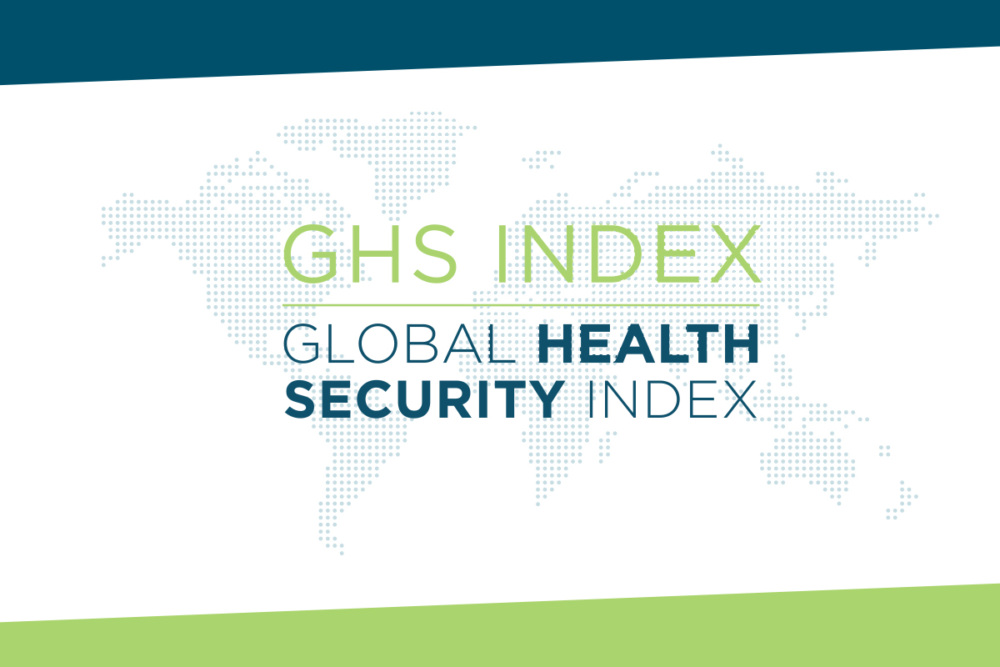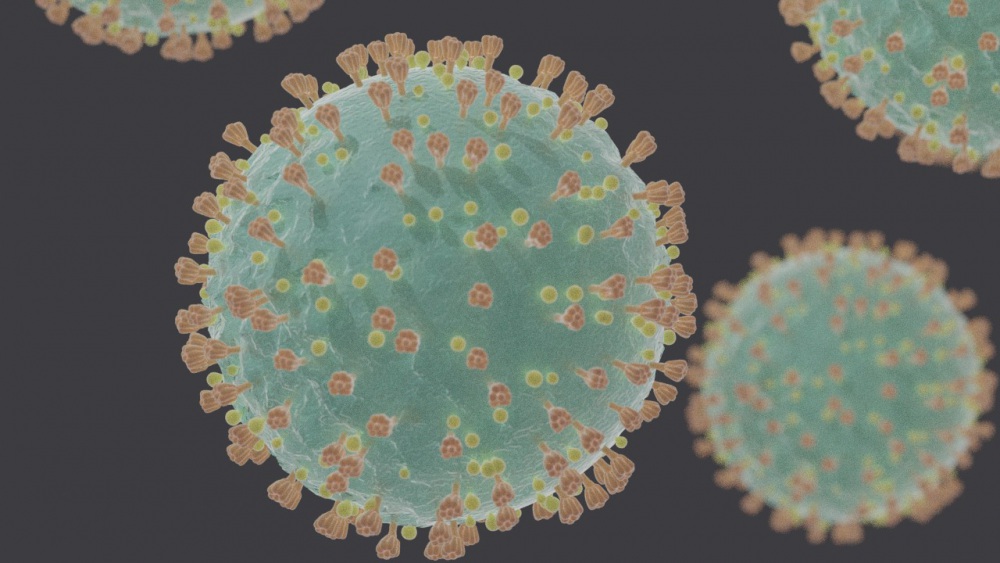
Establishing a Theoretical Foundation for Measuring Global Health Security

NTI Vice President Elizabeth Cameron and NTI | bio experts Michelle Nalabandian and Beenish Pervaiz co-authored an article published in BMC Public Health, “Establishing a theoretical foundation for measuring global
health security: a scoping review.” The article, written with colleagues at the
Johns Hopkins Center for Health Security, examined academic literature to
identify evidence, as well as practice-based indicators and proxies, for
measuring health security at the country level. The authors developed four key
principles that are important for measuring health security capacity. Key among these is the need to measure broader
factors in health security assessments, including core public health,
healthcare, and biosecurity capabilities, as well as consideration of national social,
political, and environmental risks.
Following the
2014–2016 West Africa Ebola epidemic and the launch of the Global Health
Security Agenda, the global health and international security communities have
placed a greater priority on measuring health security capacity, identifying
gaps, and financing improvements. In
addition, recent outbreaks of Ebola, influenza, the Middle East Respiratory Syndrome,
and the Zika virus, have illustrated the importance of understanding the impact
of factors such as a country’s health system and political, social, and
environmental risks on epidemic preparedness. Regular and transparent tracking of the
evolution of these and other health security capacities over time in all
countries could help eliminate sources of health insecurity.
The results of this scoping review are informing
development of a Global Health Security Index (GHS Index), which will provide the first
comprehensive assessment and benchmark of health security and related
capabilities across 195 countries. The GHS
Index will be a valuable tool for highlighting current needs by individual
countries and boosting compliance with international standards for epidemic
preparedness.
Read the full article here.
Stay Informed
Sign up for our newsletter to get the latest on nuclear and biological threats.
More on

The Global Health Security Index
The first comprehensive assessment of global health security capabilities in 195 countries.

2021 GHS Index: Advancing Collective Action and Accountability Amid Global Crisis
Despite significant steps taken by countries to respond to the COVID-19 pandemic, all countries remain dangerously unprepared to meet future epidemic and pandemic threats.

COVID-19: Identifying the Most Vulnerable Countries Using the GHS Index and Global Flight Data
To identify countries that are more vulnerable to the spread of an outbreak like COVID-19, the GHS Index team analyzed a subset of indicators within the GHS Index against global flight data.


